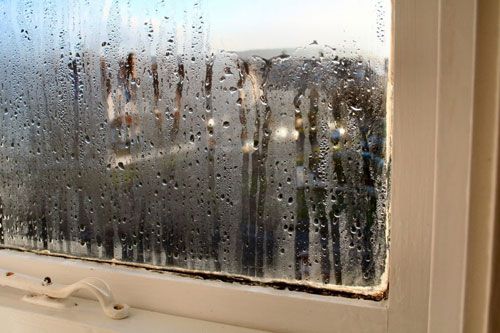

Cold and wet weather during the winter is a leading cause of condensation and damp, which if left untreated, can lead to mould.
So what is condensation and how is it caused?
- Moisture is always in the air, even if you cannot see it.
- When the air gets colder it cannot hold all the moisture so tiny drops of water appear, which is condensation.
- Condensation occurs mainly during cold weather, whether it’s raining or dry.
- It appears in places where there is little movement of air, such as corners, on or near windows, behind wardrobes and cupboards and on north-facing walls.
Advice for homeowners
To help householders manage condensation issues, CORGI Fenestration recommends installers share four simple tips.
1. Produce less moisture
- Cover pans and avoid leaving kettles boiling when cooking.
- If you use paraffin and portable flue-less bottled-gas heaters that produce a lot of moisture and condensation, consider using an alternative means of heating.
- Close bathroom doors and ensure extractor fans are on or windows are open when having showers or baths to allow damp air to escape.
- Dry clothes outdoors.
2. Provide appropriate ventilation
- Keep small windows ajar or trickle vents open all the time, if possible, especially when rooms are occupied.
- Ensure kitchen and bathroom windows are open or extractor fans and vents to the outside are installed.
- Close kitchen and bathroom doors when the rooms are in use.
- Allow space for air to circulate in and around furniture and leave space between the backs of wardrobes and walls.
- Install dehumidifiers to help dry out damp in newly built houses.
3. Insulate and draught-proof rooms
When installing draught proofing, ensure:
- Permanent ventilators and chimneys are not blocked.
- Rooms that have a fuel-burning heater are not draught-proofed.
- Windows in bathrooms and kitchens are not draught-proofed.
4. Heat homes a little more
Key tips to remember:
- Central heating should be set to provide background warmth in all rooms.
- Thermostatically-controlled heating will help control heating and costs.
For more information from CORGI, visit: www.corgiservices.com
